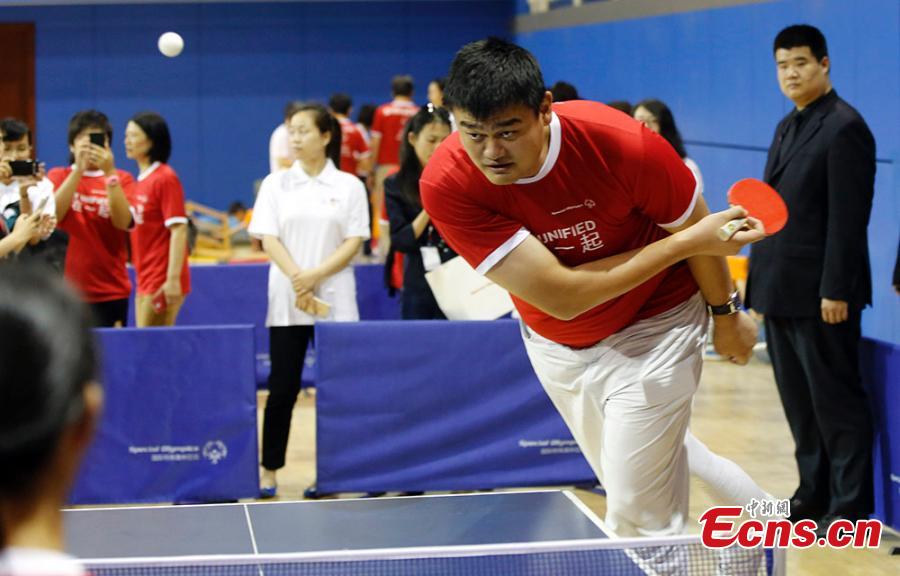(Ecns.cn) -- With nearly 34,500 wind turbines decorating the countryside and coastline, China surpassed the United States with the most wind turbines by the end of 2010, and has made tremendous progress in increasing its wind power capacity. However, as most of the wind turbines are located far from densely populated cities, many of them are not connected to the country's most heavily used electrical grids.
In the past five years, China's total wind power capacity has experienced major improvement, reaching 44.7GW in 2010 and ranking it first in the world. The booming renewable sector has attracted a number of manufacturing companies, such as Sinovel Windtec, Goldwind Science & Technology, Synergy Drive and Mingyang Wind Power, which are now able to compete with foreign manufacturers on the international stage.
But as China's wind power industry has grown into an internationally leading position, many problems have been exposed, such as the unsatisfying export market scale and the inefficiency of using wind-generated electricity.
Wind energy sets sail
According to the 11th Five-Year Plan Period (2006-2010), the total capacity of wind power was set to be 5GW, but by the end of 2007 the goal was adjusted to 10GW. However, this figure eventually surpassed 40GW during the period, according to China Economic Weekly.
Zhang Guobao, deputy director of the Economic Committee of the Chinese People's Political Consultative Conference (CPPCC) and former head of the National Energy Administration, is referred to as the "Godfather of Wind." In the past five years, he directed the miraculous development of the Chinese wind power industry.
Looking back on the new energy sector in the 1980s, he said that it developed very slowly before 2005, when the total wind power capacity was only about 0.4GW. At that time, the equipment was low-grade and had to be imported at a high price from countries such as the Netherlands, Denmark, Spain and Germany. This resulted in a higher price for electricity generated by wind, about 1.5 yuan per kilowatt hour, compared to that of electricity generated by thermal power, which was about 0.3 to 0.4 yuan per kilowatt hour.
In 2005, Western countries dominated the global market for wind power equipment. With such an underdeveloped background, Zhang wondered how China could keep up. He came up with three national policies: to make the "cake" bigger, introduce competition and support localization.
It was easy to come up with the idea, but it was another issue to realize it. Zhang understood that investors would not be interested in the industry if there was not a big market. Without a large-scale market, the price would never be lowered, so Zhang quoted the concept of "the cake." Because the equipment was very expensive, Zhang explained that once the cake becomes bigger and demand grows, the cost will be reduced. Then the "three gorges in wind power" appeared -- three wind farms for electricity generation, each of which could produce about 10GW a year.
In order to reduce the high price of wind-generated electricity from 1.5 yuan to 0.5 yuan per kilowatt hour, Zhang introduced competition into the sector. Through concession bidding, qualified companies who offered the lowest price for electricity would obtain a franchise to run a wind farm business.
After 2005, China gradually caught up with developed countries in the development of large-scale wind turbines with government support for localization. However, Zhang revealed that the initial method of subsidies was confronted with some setbacks, including protest from the United States. But over time China invented its own technology and brands. At present, four Chinese wind turbine makers are listed among the world's top 10, and Chinese wind power equipment is becoming increasingly popular abroad.


















